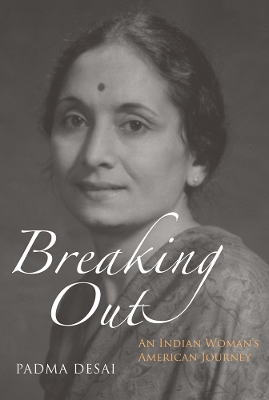The MIT Press
2 total works
Focusing on the roots and scale of wage nonpayment, the book is an indispensable guide to understanding Russia's economic restructuring and of the social costs of the transition born by the general population.
The seventy-year-old Soviet tradition of "wages without work" soon turned into "work without wages" when the planned economy began switching to a market system in 1992. Lack of budget discipline, the breakdown of contractual obligations at all levels, and the failure of state agencies to enforce laws among businesses led to pervasive wage nonpayment to workers in both the public and private sectors. In this book Padma Desai and Todd Idson combine econometric rigor, policy analysis, and empirical evidence to analyze wage nonpayment patterns across demographic groups defined by gender, age, and education, and in various occupations, industries, and regions of Russia. They also examine wage nonpayment to Russia's military personnel, in the wider context of a disintegrating military. Focusing on the roots and scale of wage nonpayment, the book is an indispensable guide to understanding Russia's economic restructuring and of the social costs of the transition born by the general population. Among the questions addressed are: How did Russia's factory managers decide who, among various categories of workers, would not get paid? Did wage denial push people below the poverty line? How did families survive when denied wages? Did strikes lead to reduced wage arrears? The authors describe a variety of survival strategies on the part of Russian families, including informal paid activity, the selling of family assets, home production for consumption and sale, and the receiving of cash from relatives.
The brave and moving memoir of a woman's journey of transformation: from a sheltered Indian upbringing to success and academic eminence in America.
Padma Desai grew up in the 1930s in the provincial world of Surat, India, where she had a sheltered and strict upbringing in a traditional Gujarati Anavil Brahmin family. Her academic brilliance won her a scholarship to Bombay University, where the first heady taste of freedom in the big city led to tragic consequences-seduction by a fellow student whom she was then compelled to marry. In a failed attempt to end this disastrous first marriage, she converted to Christianity.
A scholarship to America in 1955 launched her on her long journey to liberation from the burdens and constraints of her life in India. With a growing self-awareness and transformation at many levels, she made a new life for herself, met and married the celebrated economist Jagdish Bhagwati, became a mother, and rose to academic eminence at Harvard and Columbia.
How did she navigate the tumultuous road to assimilation in American society and culture? And what did she retain of her Indian upbringing in the process? This brave and moving memoir-written with a novelist's skill at evoking personalities, places, and atmosphere, and a scholar's insights into culture and society, community, and family-tells a compelling and thought-provoking human story that will resonate with readers everywhere.

